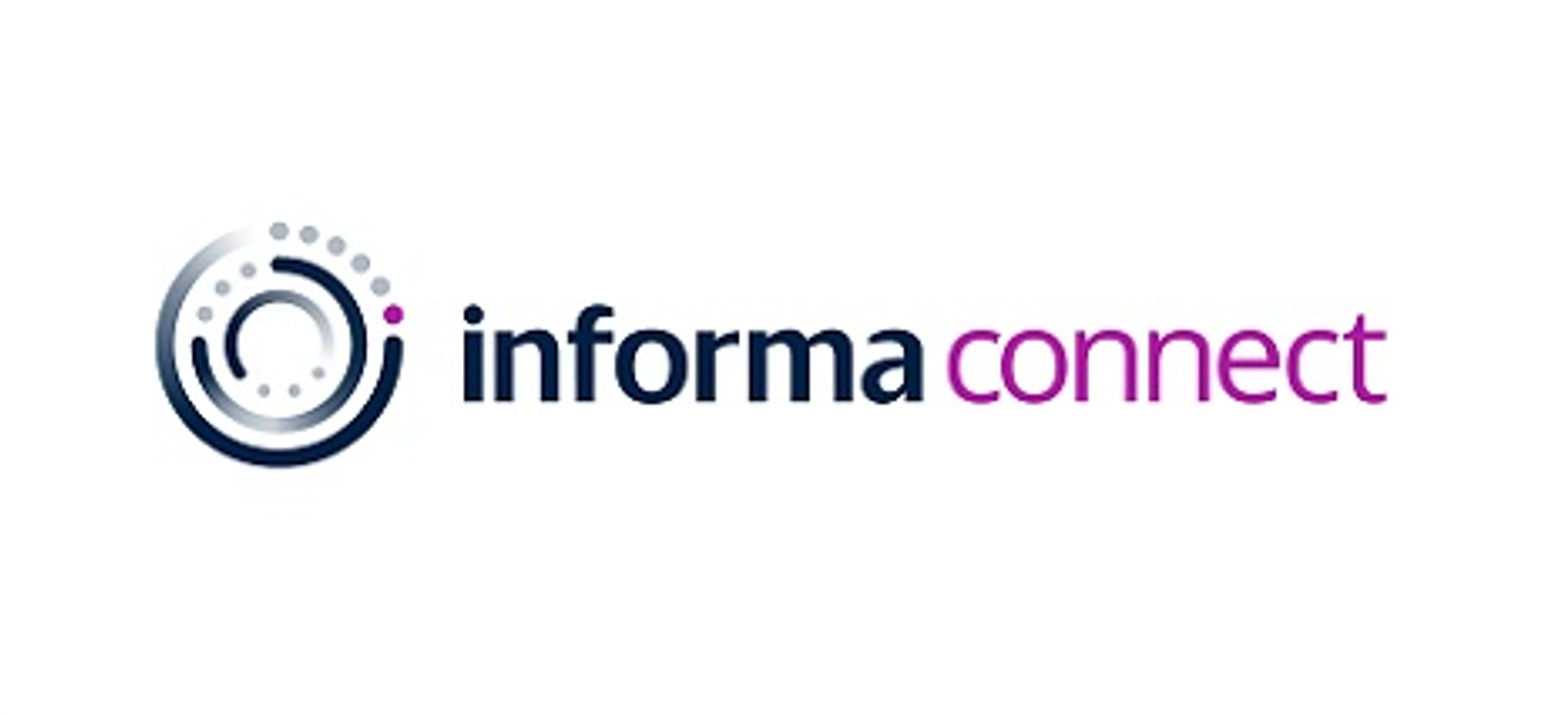As children get older these transitions cover greater distance from their primary carers and home base. Babies only a few days old transition from one caregiver to another, and older children move between home, school and activities each day; because of these experiences, children could be considered transition experts. International learners face more extensive transitions when moving countries and may face new language challenges. Young children and adolescents all need support to ensure transitions have a lasting positive impact on life and learning. At the International Curriculum Association (ICA) we advocate for managing the journey of transition between school phases and to new classrooms. Best practice emerges within agreed processes and strategies built on collaborative planning, management and monitoring from all stakeholders. The first days of a new school year should be the culmination of efforts to plan for all aspects of transition.
Welcoming new learners
Teachers should take time to get to know new learners rather than jumping straight into content coverage; developing positive relationships will reap learning and classroom management benefits throughout the year. Building bonds and developing a sense of belonging can be transformative for children. Establish an inclusive classroom where everyone feels represented. A child will seek out connections, expecting their voice, interests and contributions, friendships and learning to be valued.
Children joining an established class or year group will need to be introduced to organisational elements and inducted into the culture of the school. Exposing them to the hidden curriculum more explicitly in the opening days of school can help ease this transition.
“The hidden curriculum includes implicit rules and norms that educators pass on without consciously realizing or teaching them, including interactions, modelling, systems, relationships, communication styles, and behaviours that take place in a school.”
3 Ways to Harness the Hidden Curriculum, Anindya Kundu, ASCD, September 2023
Early Years settings, primary schools and secondary schools while all encouraging independence will have different boundaries and opportunities for children to exercise this. Learners need to be aware of any organisational structures and support systems as well as expectations and responsibilities. Guiding children to develop self-management skills and resilience reaps short-term benefits and will ease future transitions.
Shifting social dynamics can present both opportunities and challenges. A new school may be much larger or smaller than previously experienced requiring children to adjust. It is important to encourage children to initiate and maintain positive relationships with peers by being friendly, respectful, and inclusive. The Personal Learning Goals of the ICA equip learners with attitudes and dispositions they can harness for successful transition, including collaboration, adaptability and empathy.
Multiple stakeholders, multiple perspectives
Different people play different but equally valuable roles in transitions. Successful transitions involve communication and collaboration between children, parents and families, teaching teams and school leaders. Each stakeholder will have their own viewpoints and expectations of what a successful transition feels like, looks like and results in; these viewpoints and expectations derive from people’s own experiences of transition. These may be very different from what is now known to support children best. Puberty and the teenage years add further complexity to transitions, as adolescents face unique challenges and changes that require additional support and understanding.
Teachers should aim to support each child effectively as they develop a sense of ease and belonging so that their educational journey can continue successfully. Parental participation in their child’s education influences child outcomes positively, involving them in the transition process and welcoming them to the new school setting is good practice, regardless of the child’s age. Parents expect to see that their children will be safe, happy and valued. They want their child to make a good start, and be respected, listened to, and supported within their ongoing learning and learning in their new context.
Children approach and experience change and transition in different ways. High levels of well-being indicate that a child’s transition process has been planned and managed well on an emotional level. High levels of involvement indicate that a child’s learning journey across the transition has been planned and managed well.
Curriculum connections
Transitions within a school and across education phases present opportunities to connect the curriculum. How you find out what learners should already know and can do may be possible through long-term planning or curriculum sequencing documents. When children are new to a school either as individuals or whole cohorts time should be dedicated to finding out where learners are and what they can bring to the current study. Building connections between previous and current learning strengthens learning; while looking back may seem counter-intuitive it helps to consolidate new learning.
Closing paragraphs
Transition to a new learning environment, whether from home to school, across years within an early years school/setting, from the early years phase to the primary/elementary phase, or one school to another, presents challenges for many children. From the learners’ perspective, planned efforts to ease transition will successfully maintain their full participation in the learning process and will reap countless benefits within and beyond the classroom. How will you plan to make learners' first days of the new school year the start of an engaging, successful and enjoyable learning journey?
By Laura James, Jacqueline Harmer & Lee Hendricks – Curriculum Leads for the International Curriculum Association, IEYC, IPC and IMYC.


